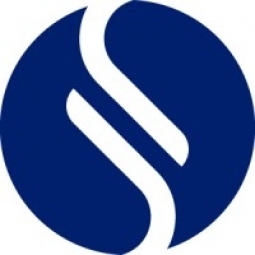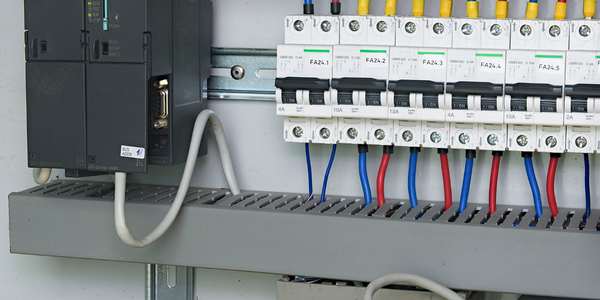Semiconductor Manufacturer Reduces Product Defects and Lost Profits through Consistent Risk Assessment

Customer Company Size
Large Corporate
Region
- America
- Asia
- Europe
Country
- Singapore
- United States
Product
- Quality Risk Management
- Failure Modes and Effect Analysis (FMEA)
- Global Context Matrix
Tech Stack
- Risk Assessment Software
- Centralized System
Implementation Scale
- Enterprise-wide Deployment
Impact Metrics
- Cost Savings
- Productivity Improvements
- Waste Reduction
Technology Category
- Analytics & Modeling - Predictive Analytics
Applicable Industries
- Semiconductors
- Electronics
Applicable Functions
- Quality Assurance
- Product Research & Development
Use Cases
- Predictive Quality Analytics
- Manufacturing Process Simulation
Services
- System Integration
- Data Science Services
About The Customer
The customer is one of the world’s leading semiconductor manufacturing companies, with nearly 300 worldwide customers and 20,000 employees. The company manufactures microchips that are used in a wide variety of electronic devices, from automobiles to smartphones. The impact of a defective product can be extremely costly, ranging up to $1 billion. Therefore, the ability to identify, analyze and mitigate risks involved in product manufacturing is of the utmost importance. The company had a goal of zero defects and was in search of a better process to mitigate risks and deliver quality products to its customers.
The Challenge
The semiconductor manufacturer, with several business units spanning three continents, lacked a consistent process for managing risk related to the thousands of products it produces. Each business entity had its own homegrown solution, leading to inconsistency in information across the enterprise. The semiconductor business is complex due to the variety of products and the many risk analyses performed at various levels. An unmitigated risk at the smallest level could have a huge impact on something at a much higher level. The company needed a centralized operational risk management solution.
The Solution
The company partnered with Sphera to provide a consolidated operational risk management solution. Through a series of design sessions, Sphera was able to identify the nine interrelated factors involved in risk assessment analyses and map them into a global context matrix. The centralized system and context matrix solved the issue of information in silos. Now, the company can see the impact of the risk created by local process changes at any one of their manufacturing locations on a global level. The centralized process has helped the company dramatically reduce the number of risk analyses it undertakes, while improving the quality. The company now has a much stronger process for assessing risk and identifying defects before they become even more costly.
Operational Impact
Quantitative Benefit

Case Study missing?
Start adding your own!
Register with your work email and create a new case study profile for your business.
Related Case Studies.

Case Study
Remote Temperature Monitoring of Perishable Goods Saves Money
RMONI was facing temperature monitoring challenges in a cold chain business. A cold chain must be established and maintained to ensure goods have been properly refrigerated during every step of the process, making temperature monitoring a critical business function. Manual registration practice can be very costly, labor intensive and prone to mistakes.
Case Study
KINESYS Semiconductor Factory Automation Software
KINESYS Software provides both Integrated Device Manufacturer (IDM) and Original Equipment Manufacturer (OEM) customers world-class software products and solutions for advanced wafer and device traceability and process management. KINESYS offers state of the art database technology with a core focus on SEMI standards. KINESYS’ challenge was to make back-end processing failure-free and easy to use for clients while supporting licensing models more adaptable to changing industry needs.

Case Study
Predictive maintenance in Schneider Electric
Schneider Electric Le Vaudreuil factory in France is recognized by the World Economic Forum as one of the world’s top nine most advanced “lighthouse” sites, applying Fourth Industrial Revolution technologies at large scale. It was experiencing machine-health and unplanned downtime issues on a critical machine within their manufacturing process. They were looking for a solution that could easily leverage existing machine data feeds, be used by machine operators without requiring complex setup or extensive training, and with a fast return on investment.

Case Study
Cloud Solution for Energy Management Platform-Schneider Electric
Schneider Electric required a cloud solution for its energy management platform to manage high computational operations, which were essential for catering to client requirements. As the business involves storage and analysis of huge amounts of data, the company also needed a convenient and scalable storage solution to facilitate operations efficiently.








